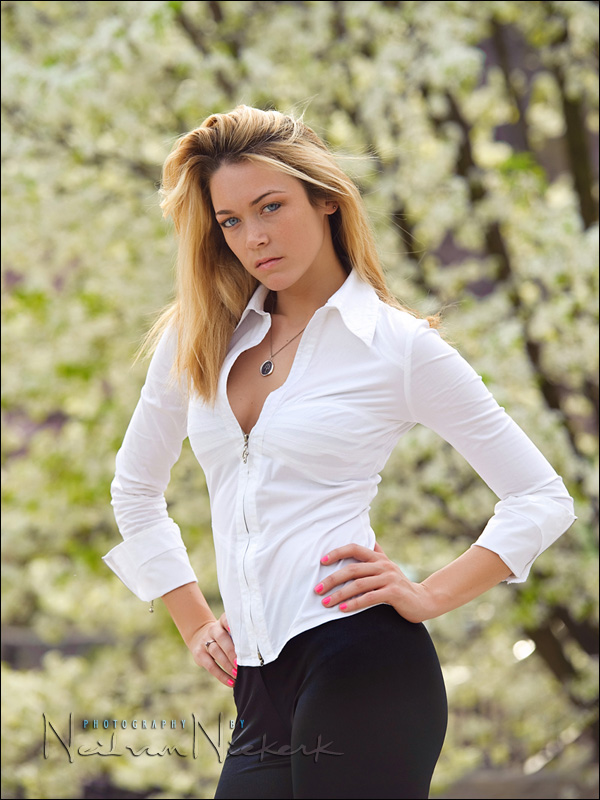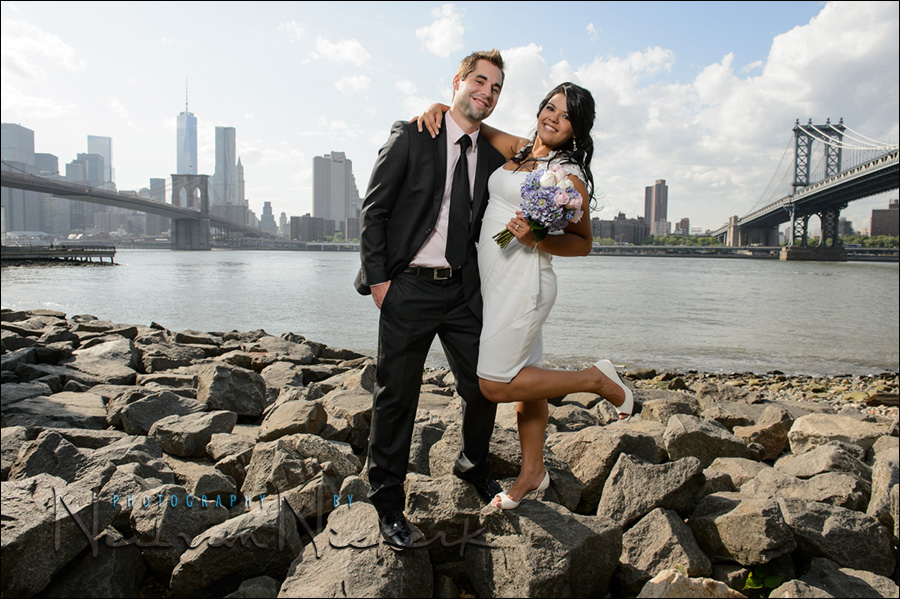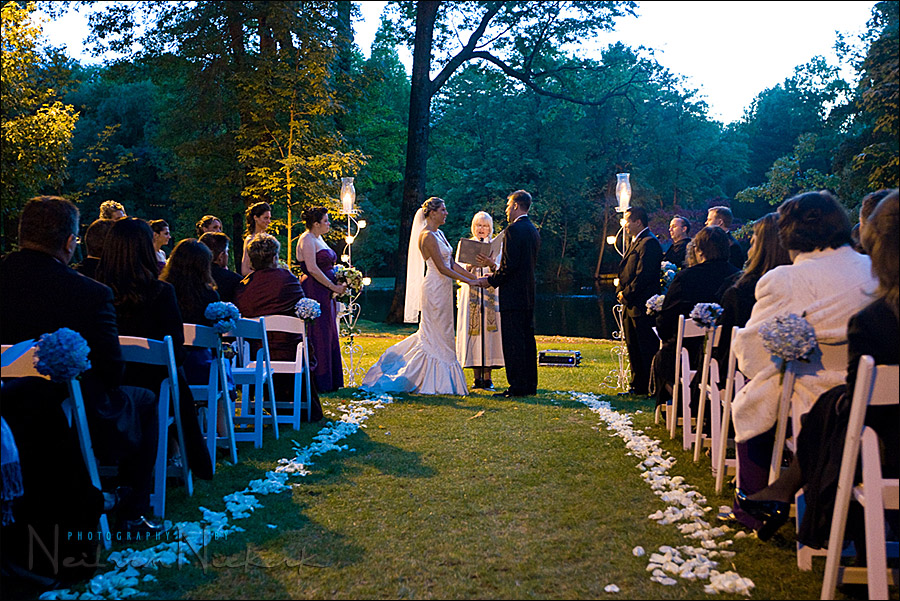Advantages of a higher max flash-sync speed
Advantages of a higher max flash-sync speed
A typical scenario we face, photographing people in bright sunlight - we have to add flash to balance them against the much brighter background. The thought-process or algorithm in deciding on camera settings, is carefully explained in this article: Controlling bright daylight w/ direct off-camera flash. What max flash sync speed is, and why understanding the impact of max flash sync speed is on balancing flash with ambient, is explained in that tutorial: Max flash sync speed. Now that we have all that under our knee, the question might Read more inside...flash & low ambient light – adapting during an outdoor wedding ceremony
wedding photography: flash and low ambient light - adapting during the shoot
I'm often asked what I would do when I encounter a situation where you need to use flash, but there is no easy way to bounce flash. My flippant answer is ... you're screwed! Well, not really. My advice is that you have to improvise and in some way of finesse your use of light. In tough situations, you still want to try and shy away from using direct on-camera flash whenever possible. Direct on-camera flash as the main source of light is rarely aesthetically the best choice. Read more inside...combining flash and ambient light
combining flash and ambient light
Going by the emails that I receive, one of the areas that many photographers struggle with is that of combining ambient exposure and flash exposure. This question is also expressed in other ways. It can be a frustrated, "where do we even start?" I also often see it expressed as an involved step-by-step deconstruction of technique, making the entire process more complex than it is. In reply to that, and many other emails I've received in the past few months, I'd like to offer an analysis of a few images from a recent shoot. One of my Read more inside...Why use an on-camera flash modifier that is black, instead of white?
Why use an on-camera flash modifier that is black, instead of white?
This question repeatedly comes up as response to the various articles here on my favorite light modifier - the black foamie thing. For anyone new to this, here are the two main articles on how I use a piece of black foam to flag my on-camera speedlight. The question invariably comes up: why a piece of black foam and not a white card or a piece of white foam? The short answer: The idea behind the BFT is that it acts as a flag, not a bounce card. Read more inside...Portrait session using a beauty dish
Portrait session using a beauty dish
As my daughter, Janine, grew up from being a baby, it became more difficult getting photos of her. I think most parents can relate to that increased resistance by your children to having their photo taken. This is Janine, a few moths after her 16th birthday - since I have so very few recent images of her that are of professional quality, I was able to cajole her into this on this snow-bound afternoon. She loved the results: "Facebook profile photo FTW!" I set this up in our living room, with a grey paper backdrop to create a quick home Read more inside...When (not) to use rear-curtain flash sync
Rear curtain flash sync - potential problems
With flash photography, suggestions are often given that you should use rear-curtain sync. Most often for incorrect reasons. So here is when NOT to use rear-curtain sync flash ... whenever you don't need it. Sounds confusing? Well, let me explain ...Rear-curtain vs first-curtain sync
Your camera's shutter consists of two curtains that open, and allows the light to hit the sensor or film. This is true for all focal plane shutter film cameras, (as opposed to those with leaf shutters), and true for all digital cameras Read more inside...here’s why I love off-camera lighting ..
why I love off-camera flash
There are a few reasons why I love off-camera lighting, and I want to show some images from a recent photo session with one of my couples, Jill & Mike, as an example. The main reason for me, is that you can have perfect lighting on your subject's face with much more freedom than if you just relied on the available light. I am usually quite particular about the backgrounds to my photos, where it is in my control. The backgrounds need to be complementary, or add something to the image. I have a preference for an out-of-focus background. The defocused Read more inside...Bridal portraits with on-camera bounce flash
Bridal portraits with on-camera bounce flash
With the formal portraits of the bride & groom, and their families, I usually set up off-camera lighting. But I also try to bring in some variety to the portraits - and I shoot on-location portraits of the bride beforehand, just after prep. It's a good idea to get as much done as you can, earlier on in the day - just in case the time-line gets compressed and things don't quite follow the original plan. You'll be much happier then for having some solid portraits in your pocket. In this example, I wanted a few portraits of Michelle Read more inside...exposure metering and adding flash
A question that came in regarding material covered in the book on flash photography techniques .. Sven Pohle asked: I am reading through your book (second time already) and have a question about metering plus adding the flash. I do meter for a white tone in my image and add +1.7 or 2 (I'm on Nikon) to my exposure. Now without flash my image is exposed correctly. But if I add the flash then the white starts to blow out as it does add flash light to it. So this is there i am confused. Would you rather go and meter for the background to get that right and then just add the flash to bring the Read more inside...









